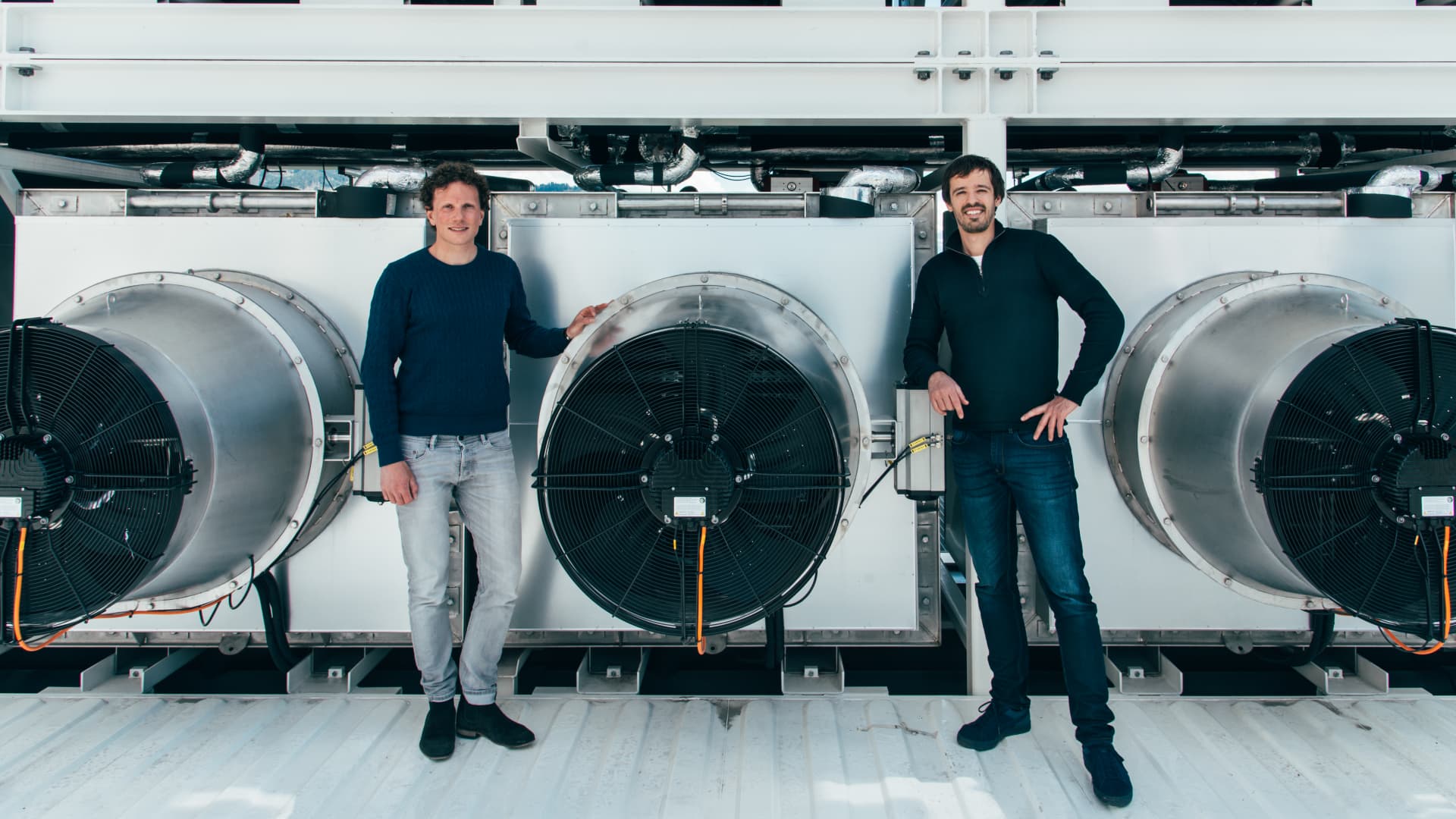The U.S. Department of Energy is investing up to $1.2 billion in giant vacuums that suck carbon out of the air in an effort to slow global warming.
So-called direct air capture, or DAC, is an emerging technology that has not scaled up enough to make much of a difference in the fight against global warming. That may be about to change.
The money from the Bipartisan Infrastructure Law will now help fund two DAC hub projects, one in Texas and one in Louisiana. They will eventually remove more carbon per year than all of the current projects combined. Once the carbon is trapped, it can be stored underground or used for various other resources, from building materials to agricultural products, even to manmade diamonds.
There are currently 18 DAC projects globally, but these would be the first commercial-scale ones in the U.S.
“Once they’re up and running these hubs are expected to remove more than 2 million metric tons of carbon dioxide from the atmosphere every year, which is like taking nearly half a million gas powered cars off the road,” said Department of Energy Secretary Jennifer Granholm on a call with reporters.
The Texas hub is being run by Occidental Petroleum and its subsidiary 1PointFive, which leased 106,000 acres south of Corpus Christi for CO2 removal and to store eventually up to the billion metric tons of carbon in the ground. Occidental’s CEO, Vicki Hollub, said she estimates the hub has the potential to remove up to 30 million tons metric tons of CO2 per year through direct air capture once fully operational.
“We very much appreciate the Biden administration’s and the Department of Energy’s leadership to position the United States as a location to demonstrate the commercial viability of direct air capture,” said Hollub.
“We are grateful for the DOE’s selection, which we believe validates our readiness, technical maturity, and our ability to use Oxy’s expertise in large projects and carbon management to move this technology forward so it can reach its full potential,” she added.
The Louisiana hub is run by Climeworks and Heirloom. Climeworks, based in Zurich, Switzerland, currently has the world’s largest DAC plant in Iceland, which removes about 4,000 tons of CO2 per year.
“We have to scale up in the next 20 years at the same pace that the solar and wind industries have done in the past two decades, which they did with strategic and forward-looking policies. The DAC Hubs program is a vital investment for DAC to reach climate impact at scale,” said Andrew Fishbein, senior climate policy manager for Climeworks.
Heirloom is a California-based startup that is using limestone to remove carbon from the air. It currently has $54 million in backing from venture capital funds, including Breakthrough Energy and Microsoft.
The hubs will create nearly 5,000 jobs for local workers as well as workers formerly employed in the fossil fuel industry. Both hubs will be powered by clean energy.
Funding for two more hubs is expected sometime next year, with the government committing up to $3.5 billion to this carbon reducing technology overall.
Although the new DAC hubs will be a start, to limit global warming to 1.5 degrees Celsius, which is the target of the Paris Agreement, billions of tons of carbon would have to be removed each year by 2050, or roughly 10% to 20% of carbon emitted.
